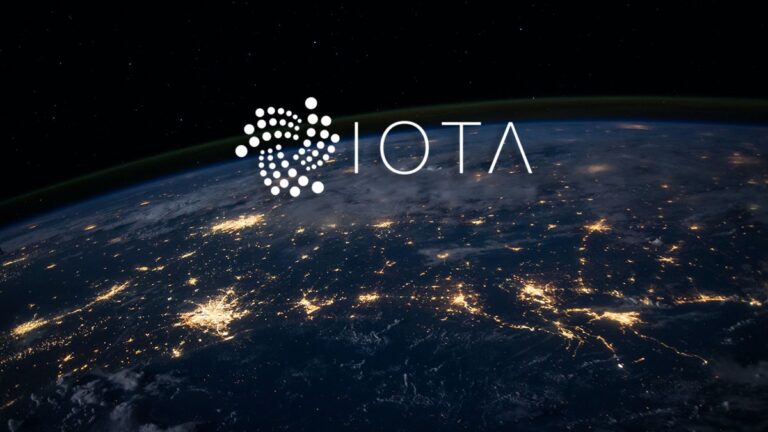BRICS’ Ambitious Common Currency Proposal: Reshaping Global Finance or Unrealistic Dream?

BRICS Common Currency: A Financial Revolution?
In the bustling atmosphere of the 2023 BRICS Summit in Johannesburg, a groundbreaking concept took center stage. Brazilian President Luiz Inacio Lula da Silva presented an audacious idea – the creation of a shared currency for the BRICS nations (Brazil, Russia, India, China, and South Africa). The driving force behind this proposal? To shield these economies from the unpredictable fluctuations of the US dollar’s exchange rates.
President Lula’s call for a shared currency emerges from his conviction that non-dollar reliant nations should have alternatives. He highlighted the advantages of a BRICS currency in diversifying payment avenues and mitigating financial vulnerabilities. However, the unity of purpose behind this vision remains blurred.
For instance, while Brazil ardently champions this initiative, South Africa entered the summit without intentions of discussing the matter. India’s stance remains ambiguous, as it focuses on bolstering trade using national currencies. Russian President Vladimir Putin emphasized the potential shift from the dollar to national currencies. Meanwhile, China, though quiet on the currency proposal, underscored the urgency of reforming the global financial framework.
As discussions evolve towards a revamped currency landscape, digital currencies step into the limelight. Ripple’s XRP, acclaimed for its seamless cross-border transactions, emerges as a standout candidate. If the BRICS bloc genuinely seeks financial autonomy and aims to reduce dollar dependency, digital currencies like XRP could provide the missing piece to this intricate puzzle.
However, crafting a unified BRICS currency is a journey fraught with complexities. The diverse economic, political, and geographic landscapes of the member nations pose a fundamental challenge. Lesetja Kganyago, Governor of the South African Reserve Bank, noted that creating such a currency is a political endeavor.
To materialize this vision, these nations must establish a banking union, a fiscal union, and achieve economic harmony. Additionally, designing a mechanism to ensure adherence to shared financial guidelines poses an intricate challenge. Questions abound – where should the central bank be situated? How to address trade imbalances? Notably, the BRICS countries engage predominantly with China in trade, with minimal interactions amongst themselves.
The fate of the global financial architecture stands at a crossroads. Will the BRICS nations spearhead this transformation, or will digital currencies pave the way forward? The answers lie in the intricate interplay of economic diplomacy and technological innovation, promising a future that might reshape the foundations of global finance.














